Managing ERP Implementation Using Basic Software Tools and Web Based Scheduling Control
Publications
III European Project Management Conference
Jerusalem – Israel/Palestine – 2000
PMI Global Congress North America
Philadelphia – USA – 1999
Abstract
This paper presents a fast, inexpensive and safe process to plan and monitor ERP implementation processes like SAP R3. Based in concrete experiences at industrial unities of multinational companies, the process is considered simple and effective to control this kind of dynamic projects.
(ERP) Enterprise resource planning
The systems for Enterprise Resource Planning, known as ERP, are a set of interdependent elements organized into a single and complex whole that seeks to capture and globally manage the business. Due to the complexity of the implementation and to the dynamics of the business environment, it is necessary to ensure that the deadlines, the scope, and the costs of the projects are guaranteed, with the lowest cost control possible. The main stages of the process are described below, with suggestions for fast, inexpensive and safe implementation, based on our concrete experience at industrial units of multinational companies.
The main processes are:
- Team division and stratification.
- Implementation Methodology, Definition of Scope and Deadlines
- Preparation of Network Environment and Creation of Resource Pool
- Definition of the Web Environment
- Consolidating the Macro Project and Integrated Management
Team division and stratification
The first step in the solution is to stratify the teams, taking as a base the Communications Planning and the company organizational structure. Three levels are created for the project control. They are: production, production management, and coordination (Exhibit 1).

Exhibit 1 – Team stratification for project control
Implementation Methodology, Definition of Scope and Deadlines
Most of the time the methodology to be used in the implementation is that developed by the actual software manufacturer, such as ASAP for SAP R3 (Exhibit 2).
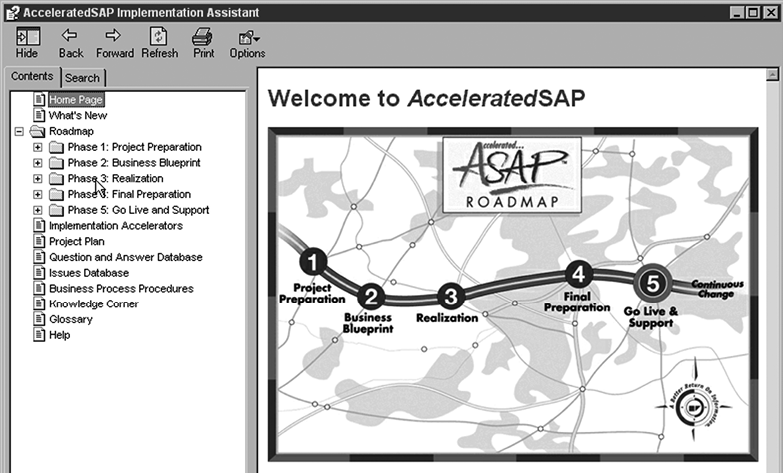
Exhibit 2 – Accelerated SAP Implementation Assistant for project scope definition.
The level of detail of the methodology, which will be universally applied in all of the modules, should be defined together with the implementers, as well as structuring the generic content of the work that will be controlled by the project, and creating a basic Work Breakdown Structure for all of the modules.
From there, each module is detailed until the work packages are established. The work packages are controlled by the project teams themselves and, upon being completed, reflect the execution of the methodology activity.
The group, using mainly the expert judgment of consultants and implementers, determines the deadlines for each work package. A fundamental consideration is the simultaneous execution of the methodology activities in each module. For example, the prototyping of the financial and production planning, etc., should be carried out in parallel. If a module has completely different features from the rest, which impedes it from fitting in with the standard methodology, it will be developed separately and consolidated after the other modules, as is the case of the Basis group of SAP R3 (Exhibit 3).

Exhibit 3 – Structure of Implementation in Parallel and objects for Global Project.
Preparation of Network Environment and Creation of Resource Pool
Parallel to the group work in the modules, a computer network infrastructure is created for remote management. Taking advantage of the computers made available for the project team, a set of directories is created at the server, which will file the projects relative to each group in distinct folders, with access control possible for each user . Each team will have user access to the server, separated by groups of users, with access privileges defined beforehand.
All of those users will constitute part of the pool of resources that will now be created as a new project file containing a list of the system users, as well as a set of all the other resources to be used in the project. The list should include the E-mail addresses of each resource so that the electronic mail server directs the messages, thus installed in that same server. With the pool defined, every project file of every module is linked to the pool of resources, creating a network.
The greatest benefit of this structure is the centralized management of the team and the better visualization of the effort and the availability of each resource of the pool, independently of which module it actually belongs to. With the links established, it becomes necessary to allocate the resources in the project activities, allowing all of the responsibilities within each module to be established (Exhibit 4).
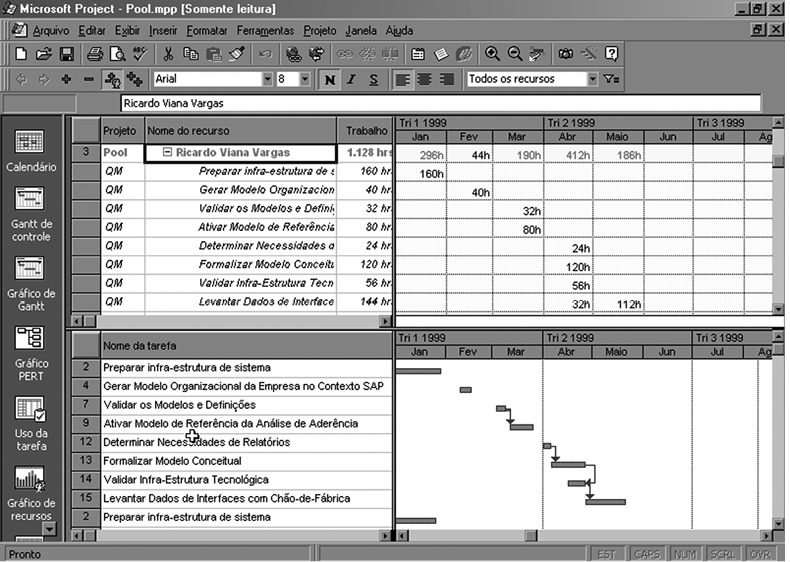
Exhibit 4 – Integrated Resource Pool control.
Definition of the Web Environment
The web environment is created through a web server to be installed in the server. All information about the project can be published as a web page using pre-defined Web Pages (Exhibit 5).
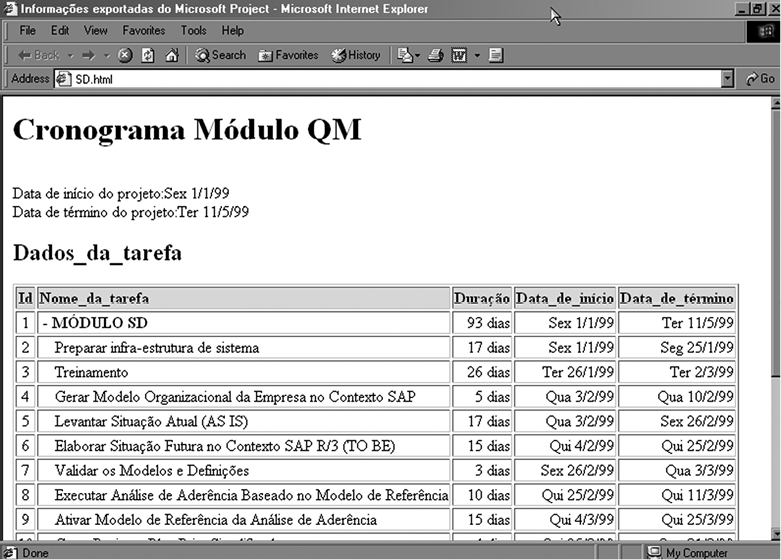
Exhibit 5 – Web page with general information about a functional group in SAP/R3.
Through mailbox programs for the web, which are included in most project management software, such as Team Inbox of MS Project 98, they are installed in the computers of production members of the project so that these can update their activities without having to directly access the project management software, saving the need to acquire software user licenses and making it much easier to update the team (Exhibit 6)
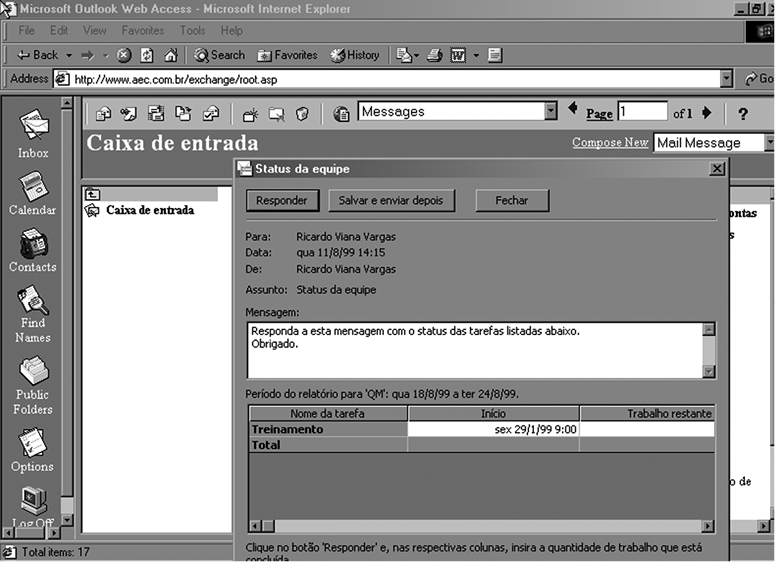
Exhibit 6 – Microsoft Team Inbox for Project Control by e-mail in a Web Environment
These results suggest an apparent gain according to the scores obtained by these participants, although the study must be deepened with other groups and other companies to produce a working result that is more scientifically proven.
Consolidating the Global Project and Integrated Management
Finally the project files of each module are consolidated, filtered, and classified, forming a global file of the project that incorporates and compares the modules item by item, allowing the total control of the project, at the detail level desired and to the extent necessary, with a simple mouse command (Exhibit 7 and 8).
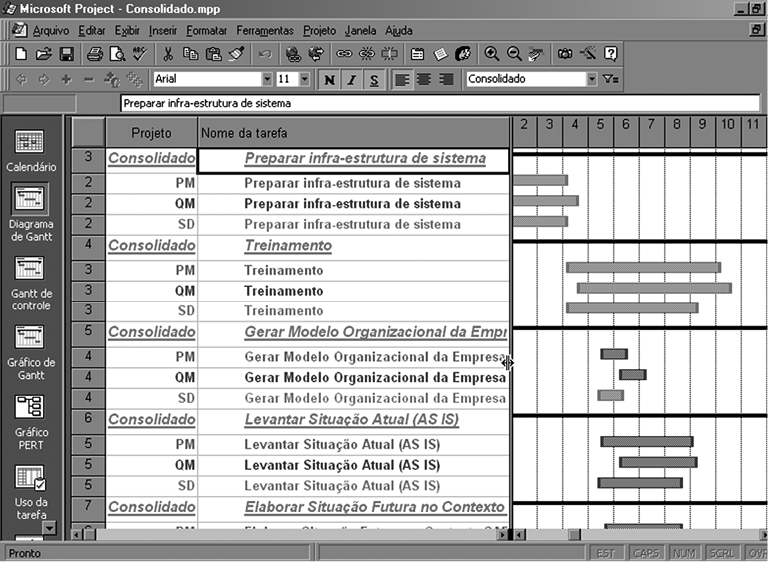
Exhibit 7 – Global Project View
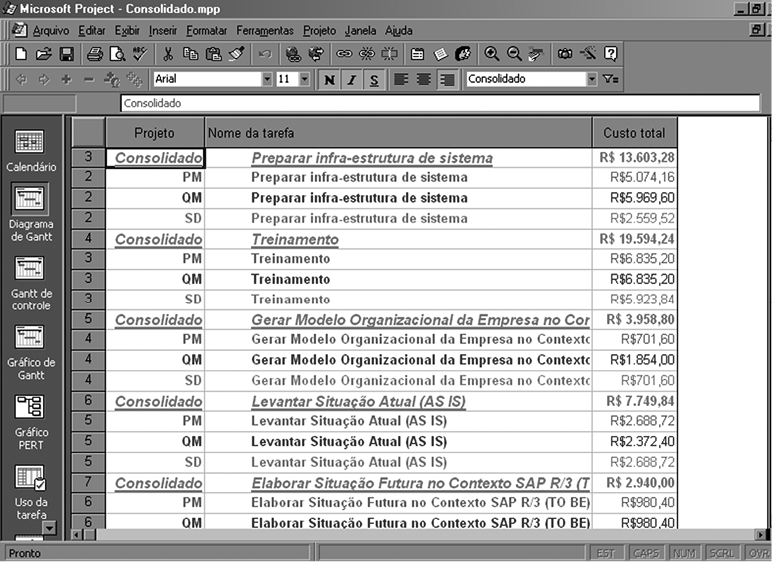
Exhibit 8 – Integrated Cost in Global Project
Conclusions
The greatest objective of this study was to find an inexpensive, simple, and viable way that can be employed to set up complex and large scale ERP systems, without causing any loss of reliability in regard to how it functions and the failures of the programs.
Schedule